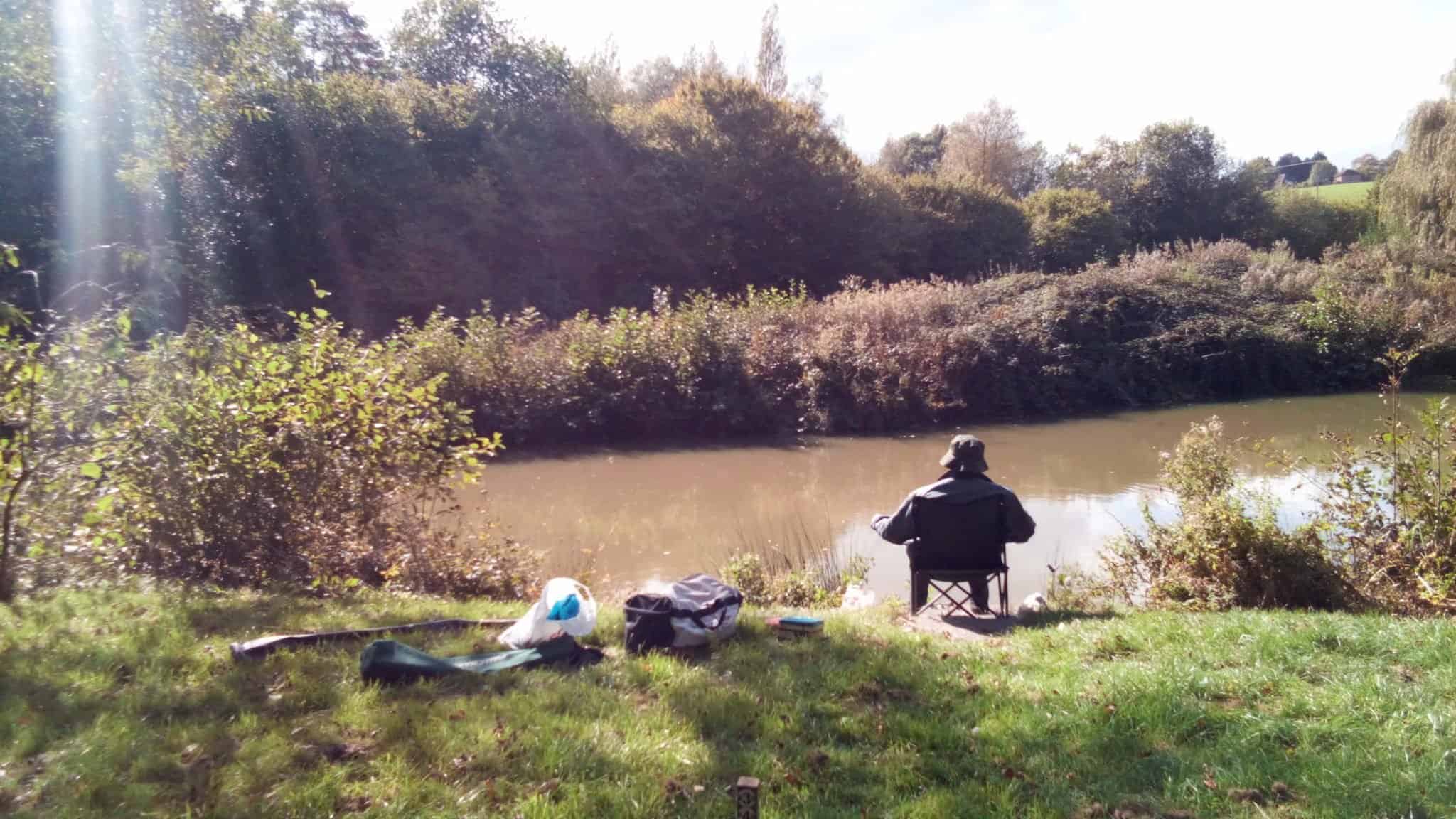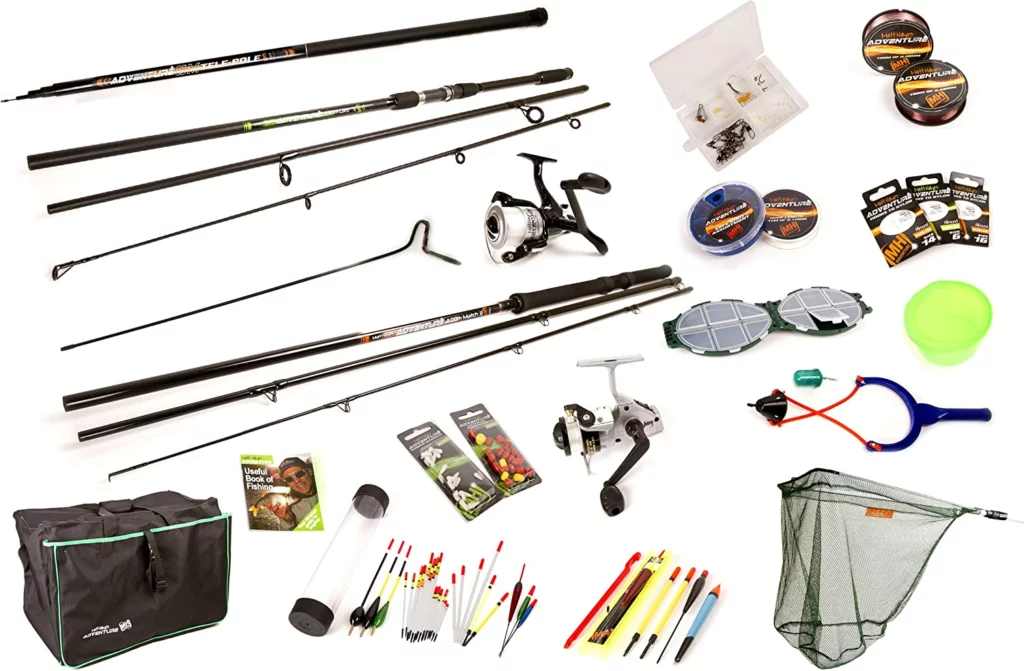Coarse fishing is a type of angling that uses relatively simple equipment to catch fish that are common in freshwater environments. Compared to fly fishing or sea fishing, coarse fishing requires minimal investment in gear and can be done using a basic rod, reel, and line.
While different anglers have different preferences for what types of fish they target, common coarse fish include carp, bream, tench, and catfish. Because coarse fishing can be done with minimal gear and doesn’t require a great deal of skill or experience, it is a popular pastime for people of all ages.
Whether you’re looking to relax on a quiet afternoon or bond with friends and family, coarse fishing is a great way to enjoy the outdoors and hopefully snag a few tasty fish along the way.
Types of equipment used in coarse fishing
There is a variety of fisheries and each type of fish requires different gear. The type of equipment used in coarse fishing largely depends on the type of fish being sought after.
For example, when using a net to fish for salmon in a river, a large net with a long handle is necessary so that the fisherman can stand on the riverbank and cast the net into the water.
In contrast, when using a rod and line to fish for trout in a lake, a much smaller net is required as the fisherman can wade into the shallow water to land the fish. Other types of gear that are common in coarse fishing include hooks, lines, sinkers, floats, baits, and lures.
As with nets, the size and type of these items vary depending on the type of fish being targeted. With so many different types of equipment available, coarse fishing can be an enjoyable and rewarding activity for everyone from beginners to experienced anglers.
A basic list of fishing equipment used for coarse fishing:
When starting out coarse fishing, at a minimum you will need the following equipment
- Rod
- Reel
- Net
- Hooks
- Lines
- Leads
- Floats
- Baits
- Bite Alarms
- Net
What rod to use for coarse fishing?
There is a wide range of rods available on the market and the type of rod you use will depend on the type of fish you are targeting as well as your personal preferences.
If you are just starting out, it might be a good idea to purchase a basic all-purpose rod that can be used for a variety of different fish. Once you have more experience, you can then invest in a rod that is specifically designed for the type of fish you are interested in catching.
Some common types of rods used in coarse fishing include float rods, feeder rods, and carp rods. Float rods are typically used when fishing for smaller fish such as roach or rudd. Feeder rods are designed for fishing with a feeder, which is a device that releases bait into the water at regular intervals.
Carp rods, as the name suggests, are specifically designed for catching carp. They are usually longer and heavier than other types of rods so that they can handle the weight of a large fish. No matter what type of rod you choose, be sure to purchase one that is comfortable for you to use and that is the appropriate size for the fish you are targeting.
What reel to use for coarse fishing?
As with rods, there is a wide range of reels available on the market and the type of reel you use will depend on the type of fish you are targeting as well as your personal preferences.
If you are just starting out, it might be a good idea to purchase a basic all-purpose reel that can be used for a variety of different fish. Once you have more experience, you can then invest in a reel that is specifically designed for the type of fish you are interested in catching.
Some common types of reels used in coarse fishing include fixed-spool reels, baitrunner reels, and multiplier reels. Fixed-spool reels are the most common type of reel and can be used for a variety of different fish.
Baitrunner reels are designed for fishing with live bait, such as worms or minnows. Multiplier reels are typically used for saltwater fishing or for targeting larger fish, such as carp. No matter what type of reel you choose, be sure to purchase one that is comfortable for you to use and that is the appropriate size for the fish you are targeting.
What line to use for coarse fishing?
If you are just starting out, it might be a good idea to purchase a basic all-purpose fishing line that can be used for a variety of different fish. Once you have more experience, you can then invest in a line that is specifically designed for the type of fish you are interested in catching.
Some common types of fishing lines used in coarse fishing include the monofilament line, braided line, and fluorocarbon line. The monofilament line is the most common type of fishing line and is made from a single strand of material.
A braided line is made from multiple strands of material that are braided together. A fluorocarbon line is made from a single strand of fluorocarbon, which is a type of material that is virtually invisible underwater. No matter what type of line you choose, be sure to purchase one that is the appropriate strength and diameter for the fish you are targeting.
What float to use for coarse fishing?
There is a wide range of floats available on the market and the type of float you use will depend on the type of fish you are targeting as well as your personal preferences.
If you are just starting out, it might be a good idea to purchase a basic all-purpose float that can be used for a variety of different fish. Once you have more experience, you can then invest in a float that is specifically designed for the type of fish you are interested in catching.
Some common types of floats used in coarse fishing include stick floats, waggler floats, and pellet waggler floats. Stick floats are typically used when fishing for smaller fish, such as roach or rudd.
Waggler floats are the most common type of float and can be used for a variety of different fish. Pellet waggler floats are designed for fishing with pellets, which are a type of bait that is typically used when targeting carp. No matter what type of float you choose, be sure to purchase one that is the appropriate size and weight for the fish you are targeting.
What bait to use for coarse fishing?
There is a wide range of baits available on the market and the type of bait you use will depend on the type of fish you are targeting as well as your personal preferences.
If you are just starting out, it might be a good idea to purchase a basic all-purpose bait that can be used for a variety of different fish. Once you have more experience, you can then invest in a bait that is specifically designed for the type of fish you are interested in catching.
Some common types of baits used in coarse fishing include maggots, worms, and pellets. Maggots are the most common type of bait used in coarse fishing and can be used for a variety of different fish.
Worms are another popular type of bait that can be used for a variety of different fish. Pellets are a type of bait that is typically used when targeting carp. No matter what type of bait you choose, be sure to purchase a bait that is the appropriate size and weight for the fish you are targeting.
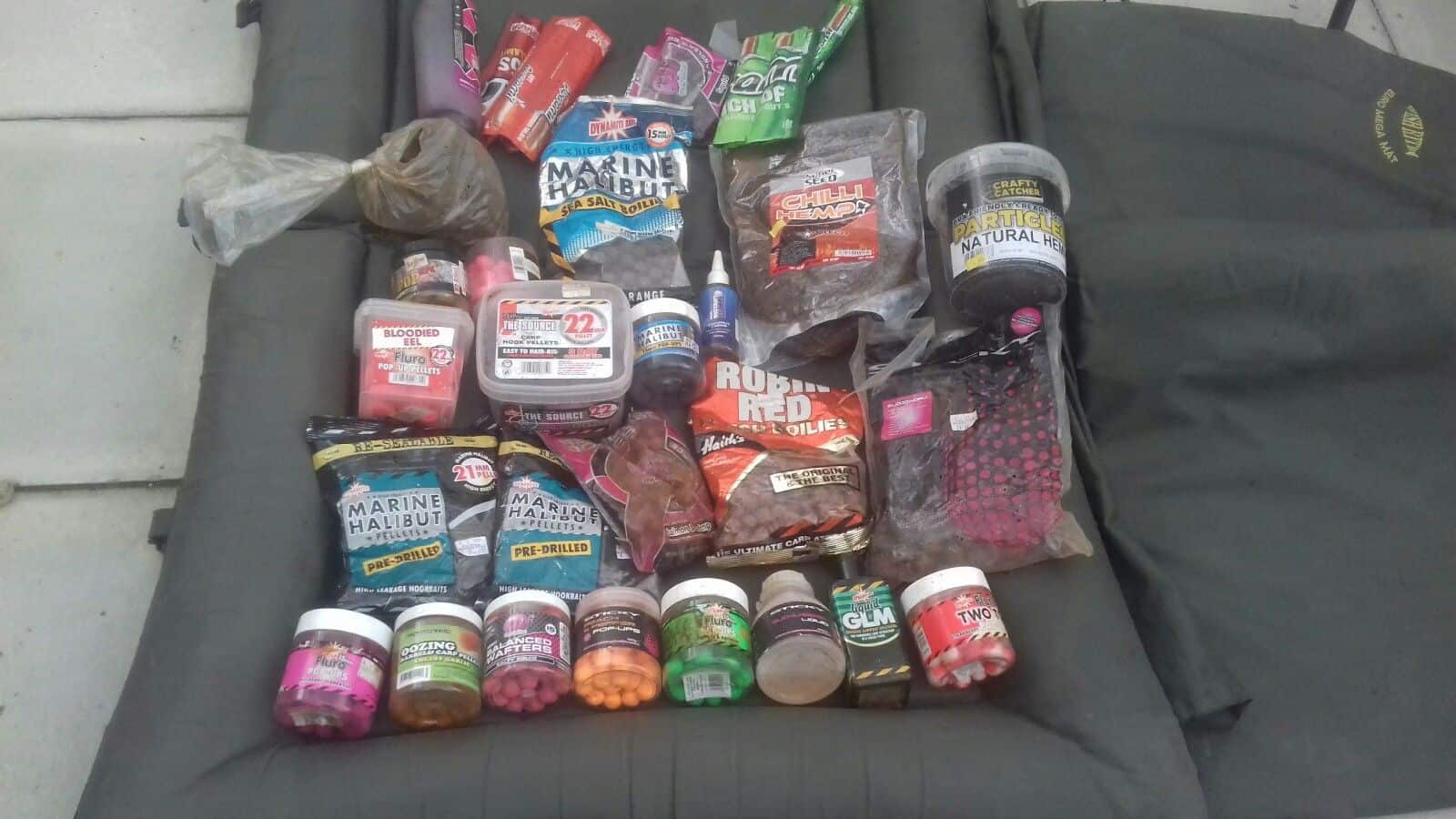
What net to use for coarse fishing?
There is a wide range of landing nets available on the market and the type of landing net you use will depend on the type of fish you are targeting as well as your personal preferences.
If you are just starting out, it might be a good idea to purchase a basic all-purpose landing net that can be used for a variety of different fish. Once you have more experience, you can then invest in a landing net that is specifically designed for the type of fish you are interested in catching.
Some common types of landing nets used in coarse fishing include keepnet landing nets and carp landing nets. Keepnet landing nets are typically used when fishing for smaller fish, such as roach or rudd.
Carp landing nets are the most common type of landing net used in coarse fishing and are designed for catching carp. No matter what type of landing net you choose, be sure to purchase one that is the appropriate size and weight for the fish you are targeting.
What are bite alarms and why use them?
Bite alarms are a type of fishing equipment that is used to alert the fisherman when a fish has taken the bait. Bite alarms are typically used when coarse fishing for carp.
Bite alarms can be either electronic or acoustic. Electronic bite alarms emit a loud noise when a fish has taken the bait, while acoustic bite alarms emit a light that is visible to the fisherman.
Bite alarms are an important piece of equipment for coarse fishing because they allow the fisherman to know when a fish has taken the bait so they can then reel in the fish. Bite alarms can be purchased at most sporting goods stores.
The Fox Micron X is highly recommended if you are starting out coarse fishing, they are budget friendly and easy to use. Read more about them here.
Read more about the best bite alarms here
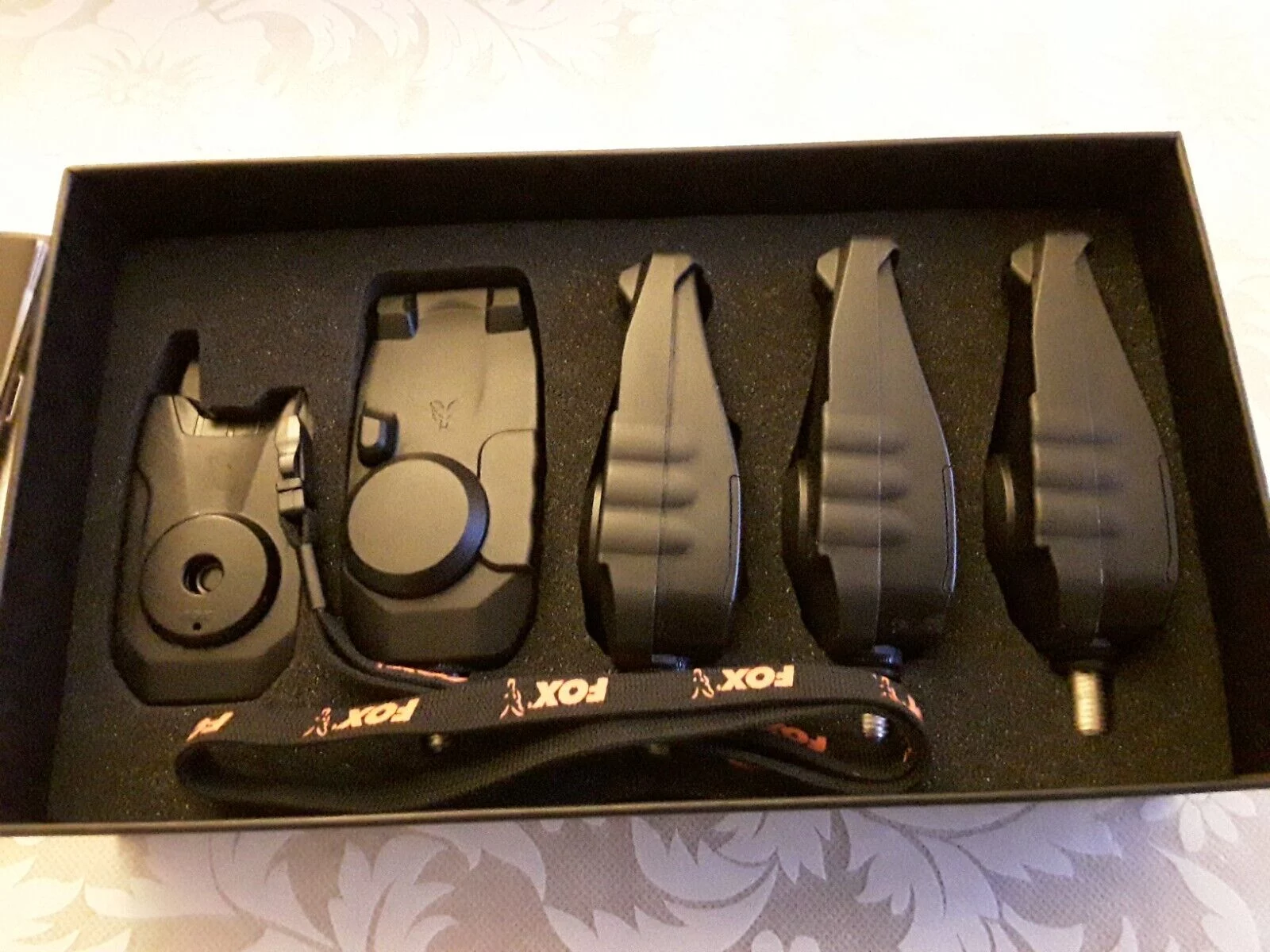
The benefits of coarse fishing
Many people enjoy fishing as a recreational activity, but there are also many benefits to competitive fishing.
Coarse fishing can help to promote conservation efforts by fostering a sense of stewardship among participants. In addition, it can be a great way to meet new people and connect with others who share a passion for the sport.
Coarse fishing competitions also provide an opportunity to learn about different environments and ecosystems. By understanding the fish species that live in a particular area, anglers can gain insights into the health of the local ecosystem.
Finally, coarse fishing can be a great way to enjoy some time outdoors and appreciate the beauty of nature. When done safely and responsibly, it is an activity that can offer benefits for both people and the environment.
Tips on how to get started with coarse fishing
Coarse fishing is a great way to relax and enjoy the outdoors, and it’s a relatively easy hobby to get into. Here are a few tips to help you get started:
First, you’ll need to purchase some basic equipment. A rod and reel, line, hooks, and weights are all essential. You can find these items at most sporting goods stores or online.
Once you have your gear, it’s time to choose a spot to fish. pick a location that has access to deep water and plenty of fish. Lakes, rivers, and ponds are all good options.
Finally, you’ll need bait. Worms are a good option for beginner anglers. You can find them at most bait shops. Once you have everything you need, it’s time to start fishing!
Cast your line into the water and wait for a bite. When you feel a tug on the line, start reeling in your catch!
Advice on how to get started with coarse fishing
When it comes to fishing, there is a lot to learn. Thankfully, there are many resources available to help those who are just getting started. Here are a few tips on how to get started with course fishing:
1) Do some research. Before heading out to the lake or river, take some time to read up on the basics of fishing. This will help you to understand the equipment and techniques involved.
2) Find a good spot. Once you have an understanding of the basics, it’s time to find a good spot to fish. Talk to local anglers or look online for information on where to find fish in your area.
3) Start small. If you’re just starting out, it’s best to stick to smaller bodies of water. This will give you a chance to practice your new skills without feeling overwhelmed.
4) Be patient. Fishing takes patience and perseverance. Don’t get discouraged if you don’t catch anything right away – keep at it and you’ll eventually be successful!
Coarse fishing is a great way to get outside and enjoy the benefits of nature. It can be done with very little equipment and it is a great workout. If you are looking for a new hobby, give course fishing a try!
When Is Coarse Fishing Season in the UK?
The coarse fishing season in the United Kingdom runs from June 16th to March 14th. This is the time of year when fish are most active and therefore most likely to be caught.
Anglers should be aware of the local regulations in their area, as some waters may have different opening and closing dates.
What is the close season for fishing and when is it?
The close season is the time of year when fishing is not allowed. This is typically from March 15th to June 15th in the UK, as this is usually when fish are spawning.
Local regulations may vary, so anglers should check before heading out.
What are the different course fishing methods of fishing?
Typically, float fishing, legering, zig rig fishing, surface fishing, loose lining, and feeder fishing.
There are many different coarse fishing methods, and each has its own advantages and disadvantages.
Float fishing is a good option for beginners, as it is relatively simple and easy to learn. Ledger is another popular method, and it can be used in deeper water. Zig fishing is a great way to fish for carp, and surface fishing is a good option for those who want to fish for fish that are in mid-water or on the surface. Loose lining and feeder fishing are also popular methods.
Each angler should experiment with different methods to find the one that works best for them.
What are the different types of coarse fish?
There are many different types of coarse fish, including carp, bream, tench, catfish, and pike.
Each type of fish has its own unique characteristics and preferences, so it is important to do some research before heading out on a fishing trip.
What fishing knots to learn for coarse fishing?
There are many different knots that can be used for coarse fishing, but the most important ones for beginners to learn are the knotless knot, half-blood, knot, arbor knot, clinch knot, and the Palomar knot.
The knotless knot is used to tie the line to the hook and is a simple yet strong knot.
The half-blood knot is used to tie two lines together, and to tie lines to hooks.
The arbor knot is used to attach the line to the reel and is a must-know for those who want to fish with a reel.
The clinch knot is used to attach the line to the lure or bait and is a good option for those who are using live bait.
The Palomar knot is used to tie the line to the hook and is considered to be one of the strongest knots.
Learning how to tie these knots correctly will help to ensure that your tackle is properly secured and will help you to catch more fish.
Coarse Fishing Starter Kit
A good start for anyone who’s just getting into coarse fishing is by purchasing a starter kit. This will give you all the necessary equipment to get started, such as a rod, a reel, a tackle box, and a landing net. Having all of these items in one package will help speed up the process of learning how to fish. It also eliminates some of the confusion that people might experience when it comes to choosing fishing equipment.
Single Rod Set – Matt Hayes Adventure – Complete Feeder Ledger Fishing Set – 3m Rod Reel 6lbs Line Mixing Bowl Bank Stick End Terminal Tackle With Handy Guide Book – Ideal Starter/Introduction Kit
-
- MATT HAYES – Everything you need to start fishing on lakes, canals, and rivers with this complete carp coarse fishing kit
- COMPLETE SET – A quality kit Ideal for kids & adults alike easy to use, and great for new & experienced anglers alike
- TERMINAL TACKLE – Contains all the tackle required to fish – Set includes 3 section 3m rod rated 4 – 8lbs, Rear drag reel with 6lb line, Block End Feeder, Open End Feeder, Wire Cage Feeder, Method Feeder with mold.
- GUIDE BOOK – Follow the tips in the handbook and you will soon be landing fish and enjoying this great outdoor hobby
- QUALITY & VALUE – Quality & Value from Matt Hayes and FLADEN Fishing – (Please scroll down the page for further product inventory & information)
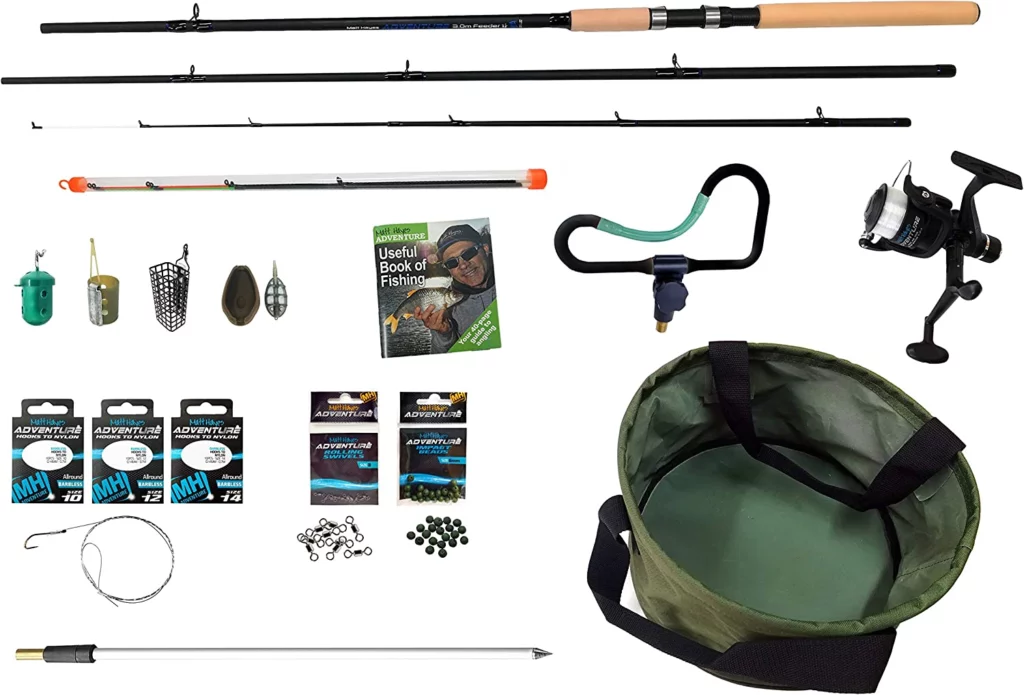
Two Rod Starter Set – Matt Hayes Adventure Complete Fishing Set – 2 x Rod (Carp & Float) & 1 x Pole / 2 x Reel/Line/Net/End Tackle/Bait & Fishing Guide/Carry All Bag – Ideal Starter Introduction Kit
-
- An Ideal kit for kids & adults alike easy to use, and great for new & experienced anglers alike
- Literally, contains all the tackle required for Carping, Ledgering & Float fishing all in the one set
- Follow the tips in the handbook and you will soon be landing those big fish and enjoying this great outdoor hobby
- Quality & Value from FLADEN and Matt Hayes – Includes Matt’s handy guidebook to fishing
Fly Fishing Starter Kit
If you’re interested in trying your hand at fly fishing, then you’ll need to purchase a fly fishing starter kit. This type of kit will include a rod, a reel, a line, and flies. It’s important to choose a kit that is designed for the type of fish that you’re hoping to catch. For example, if you’re hoping to catch trout, then you’ll need a different type of kit than if you’re hoping to catch bass.
Lixada Fly Fishing Rod and Reel Combo with Carry Bag 9ft Fishing Rod Fishing Reel with Line 10 PCS Flies Complete Starter Package Fly Fishing Kit
-
- Complete Fishing Kit- Complete fly fishing kit includes a fly rod, reel with line, 10 flies, and a storage bag.
- Lightweight & Strong – 9′ 4-piece carbon fiber rod with cork handle and aluminum reel seat. Lightweight, strong ABS reel spooled with the fly line.
- Fishing Bait Box – 10pcs flies are well packed in a transparent plastic box.
- Waterproof Storage Bag – Water-resistant canvas bag with removable, adjustable shoulder strap.
- Ideal Set for Beginners- The bag has two compartments to keep all the fishing tackle in order. Great gift for fly fishing beginners.
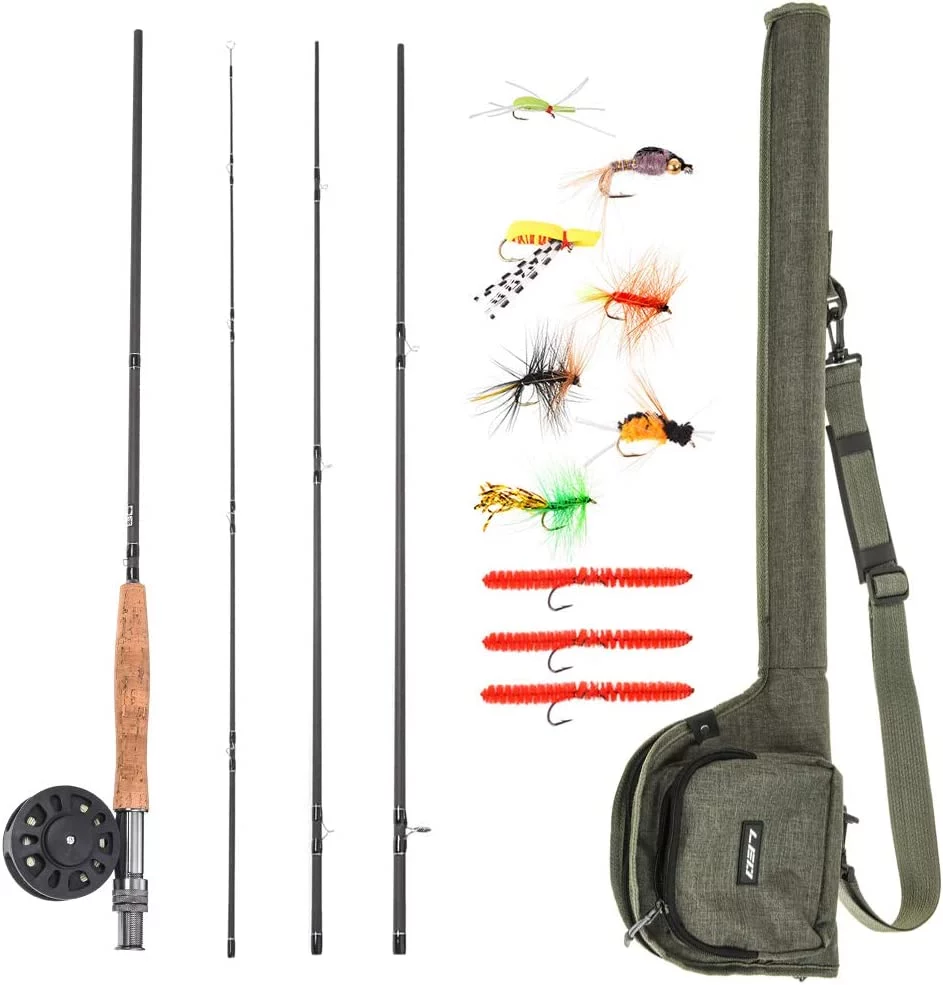
Conclusion
Coarse fishing is a great way to get outside and enjoy the benefits of nature. It can be done with very little equipment and it is a great workout.
If you are looking for a new hobby, give course fishing a try! Just be sure to do your research beforehand and be patient – success will come with time and practice.
FAQs
Q: What is the coarse fishing season in the UK?
A: The coarse fishing season in the United Kingdom runs from June 16th to March 14th.
Q: What is the close season for fishing and when is it?
Your content goes here. Edit or remove this text inline or in the module Content settings. You can also style every aspect of this content in the module Design settings and even apply custom CSS to this text in the module Advanced settings.
Q: What are the different coarse fishing methods?
A: The different coarse fishing methods include float fishing, legering, zig rig fishing, surface fishing, loose lining, and feeder fishing.
Q: What are the different types of coarse fish?
Your content goes here. Edit or remove this text inline or in the module Content settings. You can also style every aspect of this content in the module Design settings and even apply custom CSS to this text in the module Advanced settings.
Q: What is the best coarse fishing method for beginners?
A: The best coarse fishing method for beginners is float fishing, as it is relatively simple and easy to learn.
Q: What do I need to start coarse fishing?
A: All you really need to start coarse fishing is a rod, reel, line, hooks, and bait. You can find all of these items at your local tackle shop.
Q: What kind of rod and reel should I get for coarse fishing?
Your content goes here. Edit or remove this text inline or in the module Content settings. You can also style every aspect of this content in the module Design settings and even apply custom CSS to this text in the module Advanced settings.
Q: What kind of bait should I use for coarse fishing?
Your content goes here. Edit or remove this text inline or in the module Content settings. You can also style every aspect of this content in the module Design settings and even apply custom CSS to this text in the module Advanced settings.
Q: Do I need a license to coarse fish?
Your content goes here. Edit or remove this text inline or in the module Content settings. You can also style every aspect of this content in the module Design settings and even apply custom CSS to this text in the module Advanced settings.
Q: What are some good tips for beginners?
A: Here are a few tips for beginners:
-Do some research before you go out. This will help you choose the right equipment and bait, and it will also give you an idea of what to expect.
-Be patient. Fishing takes time and practice, so don’t get discouraged if you don’t catch anything right away.
-Ask for help. If you’re not sure how to do something, ask a staff member at your local tackle shop or another experienced angler.
-Enjoy yourself. Fishing is supposed to be fun, so relax and take in the scenery. even if you don’t catch anything, you’ll still have a good time.
Further Reading
I have made a lot of mistakes during my fishing sessions and don’t want you to make the same mistakes. I’ve learned the hard way over 20 years of fishing most weekends, testing, tweaking, and testing again and now want to help you excel with your carp fishing.
If you need any help, you can reach me at Fishing Again’s Facebook page
Last Updated on February 7, 2024 by Shane

